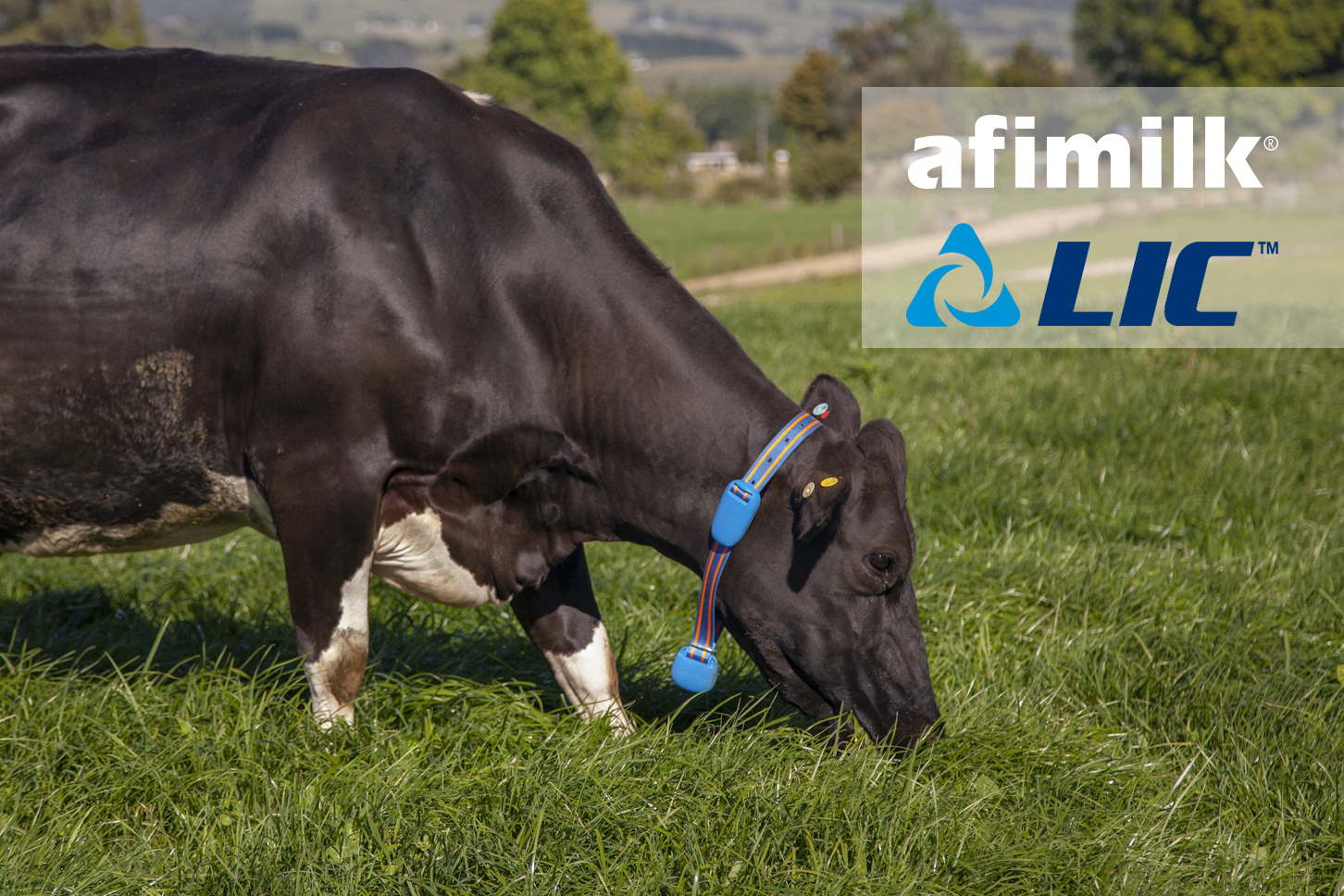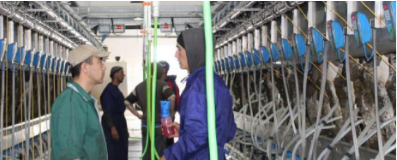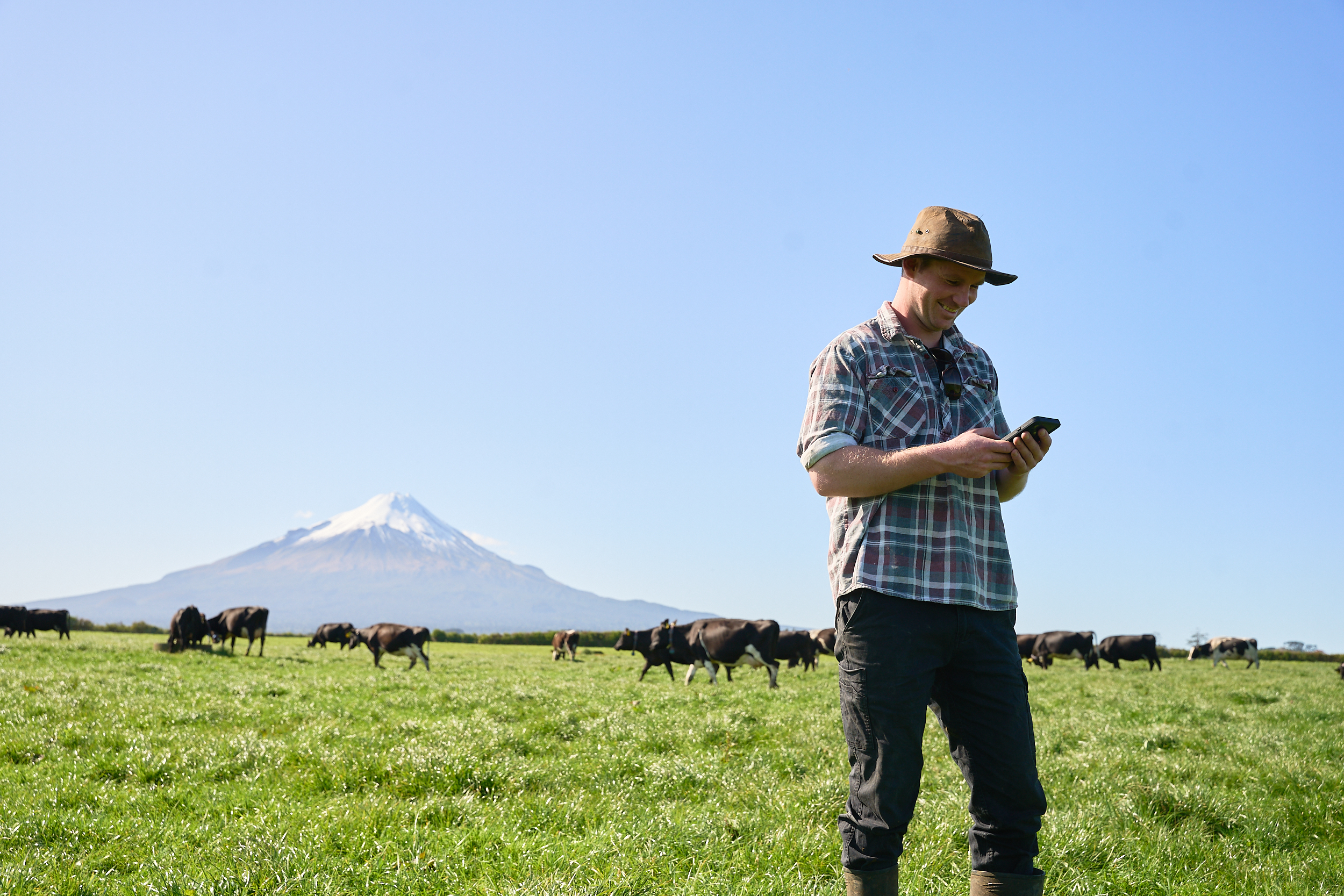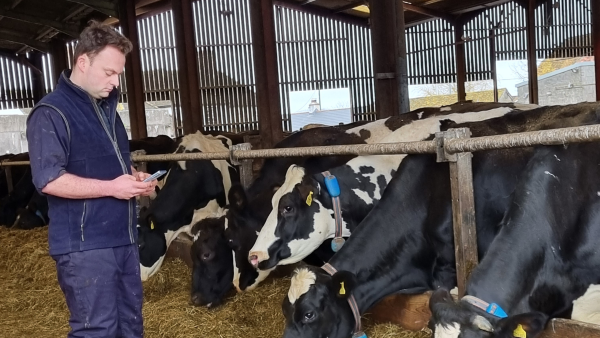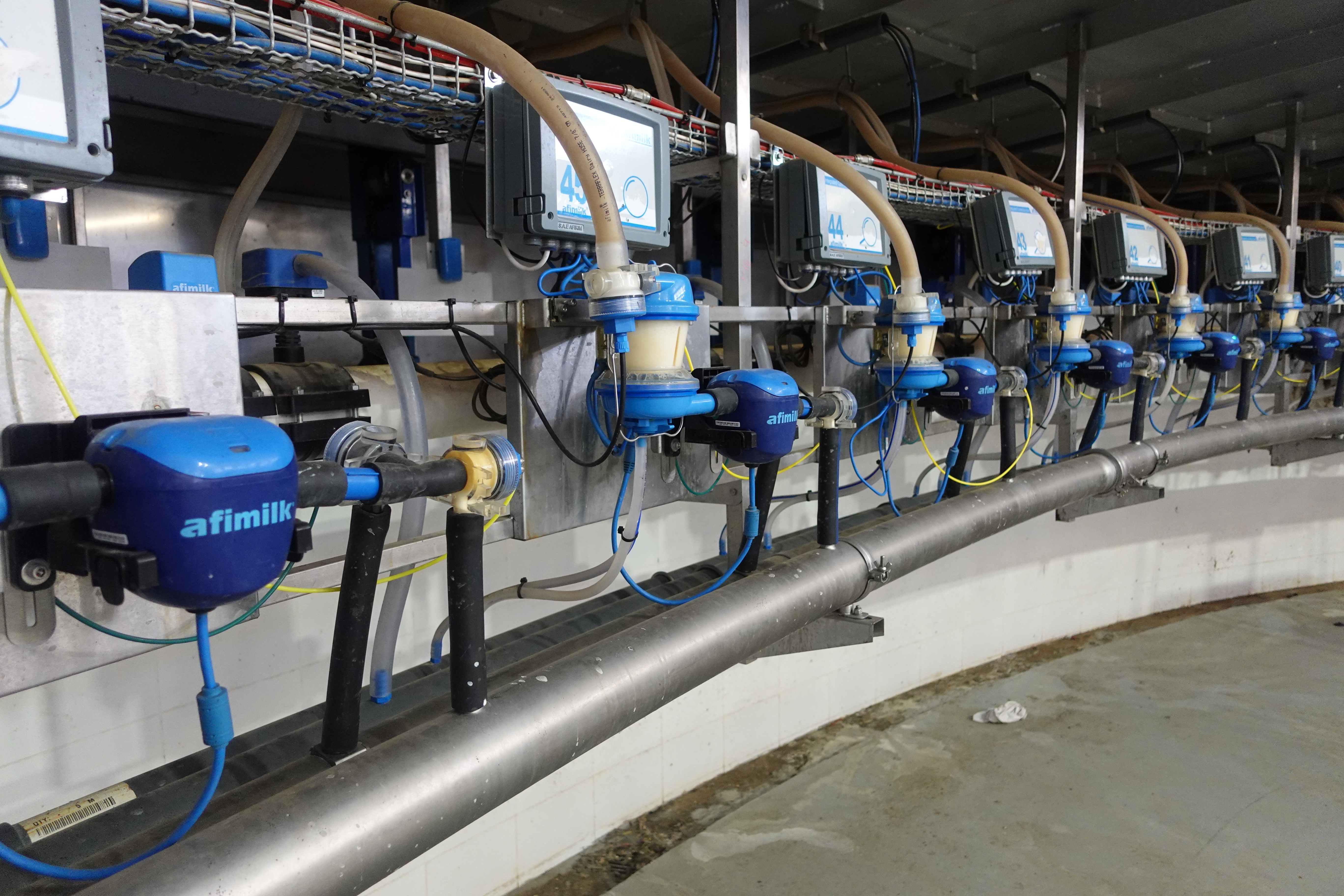With average temperatures rising in many parts of the world, heat stress is becoming a pervasive and costly problem for dairy farmers. Heat stress occurs when cows are exposed to warm conditions for long periods without an opportunity to recover. This can happen especially when temperatures are high during the day and remain so at night, offering no period of respite. Overheated cows are a liability to dairy farms, for, as well as being agitated, they are less fertile, produce less and lower quality milk (fewer milk solids), and are more prone to disease and infection.
Treating heat stress by taking timely preventative measures is essential to preserving cow well-being and the profitability of the farm. But treatment relies on adequate detection – you can’t fix what you don’t know! On a large-scale farm, it is not always easy to have eyes on all cows at all times. Fortunately, dairy farming technology has made it possible to monitor even very large herds for the presence of heat stress, without having farming personnel present in the barn at all times.
Why Cows Suffer from Heat
The optimal temperature at which cows are most comfortable and productive is between 4-20°C – significantly lower than average temperatures in most parts around the world, for most of the year. Feeding, rumination, and milk production require a lot of energy and produce a significant amount of heat in a cow’s body. In cold conditions, it is easier for cows to keep their body temperature at optimum levels, but when it’s hot, the combined effect of external and internal heat makes temperature regulation difficult.
Panting is a protective action that cows instinctively take to try and reduce their body temperature. Hot cows breathe faster, which causes them to sweat, thus releasing heat through their sweat pores. In humid conditions, evaporation is impacted by moisture in the air and sweating is impaired. Even at the best of times, a cow’s ability to sweat is limited. Following prolonged heat exposure without respite, a hot cow will eventually stop eating, or eat less, so as to reduce further heat generation via rumination. This can have devastating results for dairy farmers.
Impact of heat stress on the herd
Economically, pervasive heat stress among cows is a disaster for a farm, resulting in some or all of the following:
Lower yield and quality of milk
Under normal circumstances, a cow produces between 20-30 liters of milk per day. When impacted by heat stress, however, these numbers are reduced. Under conditions of mild heat stress, production might only decrease by around a liter – which a farmer may not even detect unless he is using technology to measure yield. Production continues to decrease as heat stress continues, and a cow with severe heat stress could show a drop in production of 4-5 liters or more. Alongside this, they will begin to experience difficulty breathing, inability to close their mouths, lethargy, unsteadiness, and possibly death.
Poor fertility, lactation and birth weights
Research shows that heat stress for cows can lead to significant losses during the initial weeks following conception. Bulls, similarly, may experience a decline in semen quality for a period of two to four weeks after being exposed to high temperatures, leading to lower conception rates. In addition, heat stress also disrupts the lactation process in cows, leading to inadequate milk supply for calves. Cows experiencing heat stress during late gestation may give birth to calves with reduced birth weights and compromised immune function.
Heightened susceptibility to disease & increased mortality
Severe heat stress makes cows more vulnerable to diseases such as lameness, mastitis, uterine disease, and compromised immune function in adult cows. Overheated cows may even die if not treated in time.
How to Monitor for Heat Stress
Traditionally, dairy farmers had to remain vigilant to the signs of heat stress looking out for symptoms such as decreased rest time (agitation), increased breathing rate (panting), decreased eating, and decreased rumination time, and quality. This often meant making sure that someone was in the barn observing the cows at regular intervals throughout the day and night.
With advanced cow monitoring devices such as AfiCollar, this is no longer necessary. The light and unobtrusive device sits on the cow’s neck and continuously measures head movement and panting. The goal of the system is to allow farmers to monitor a group’s hourly panting time. Group-level measurements are more informative as they can indicate a global issue with the environment in which the cows are being kept rather than another issue that may only affect a few cows.
When fewer than 20% of the cows in a barn show signs of heat stress, this can be due to another cause besides environmental – for example, sickness or overcrowding in one area. When the level of overheated cows exceeds 20%, this is a sure sign that there is a more widespread issue to remediate.
As soon as a farmer is alerted (via the AfiFarm software or Afi2go Prime mobile app) to the presence of more than 20% heat-stressed cows, they can launch any of the following effective measures to reduce body temperatures:
Turning on the cooling system in the barn.
- Providing additional water to the animals.
- Hosing the cows down with cool water or initiating a sprinkler system.
- Making sure there is adequate shade if the cows are outdoors.
- Checking the ventilation in the barn.
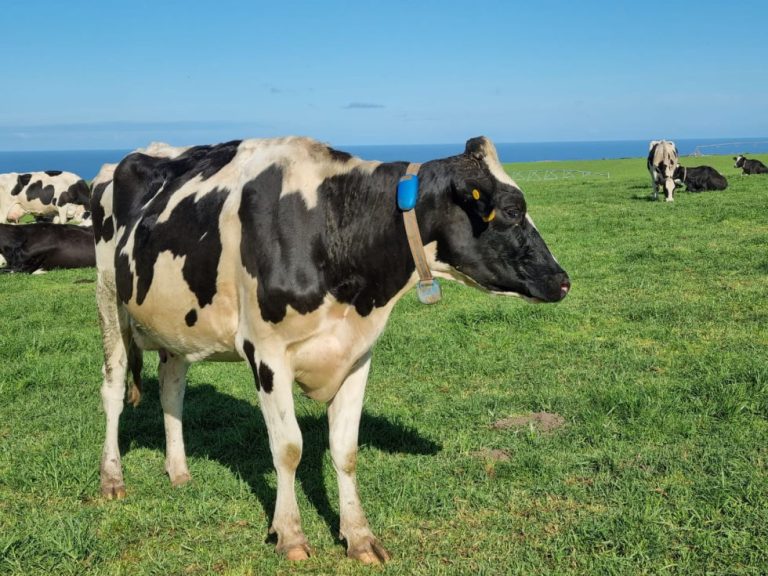
Stress-Free Cow Monitoring
To keep your cows comfortable and optimally productive at all times, you need to monitor their conditions continuously. This is especially true in the summer months or in countries with warmer climates. However, with global warming raising its head, this can be relevant anywhere and at any time of year. AfiCollar makes cow monitoring simple and hands-off, providing farmers with group-level data and insights so they can step in and remediate heat stress before it becomes a bigger problem that significantly impacts profitability.
Use AfiCollar to keep your cows comfortable while keeping your farm productive year round.

